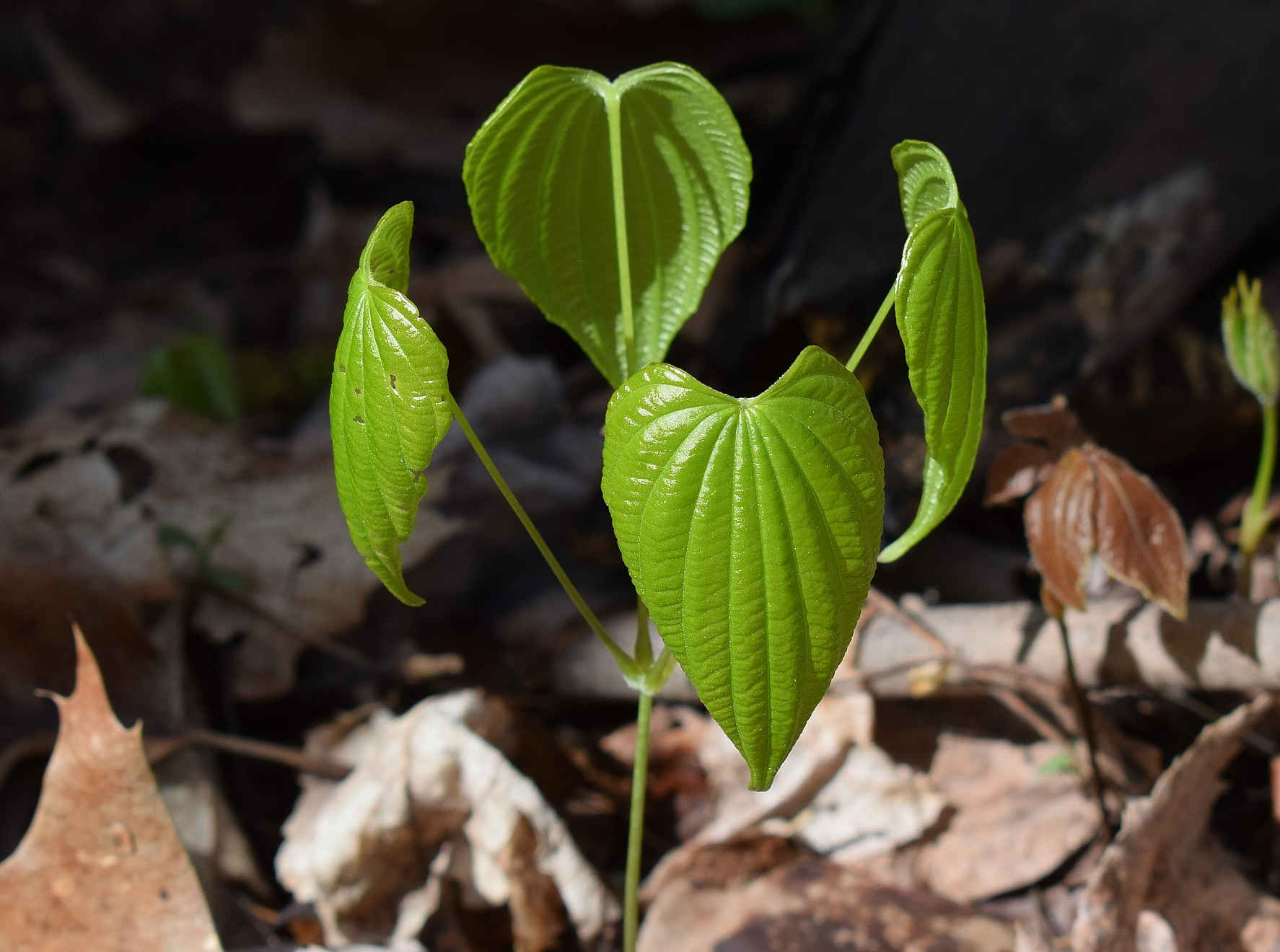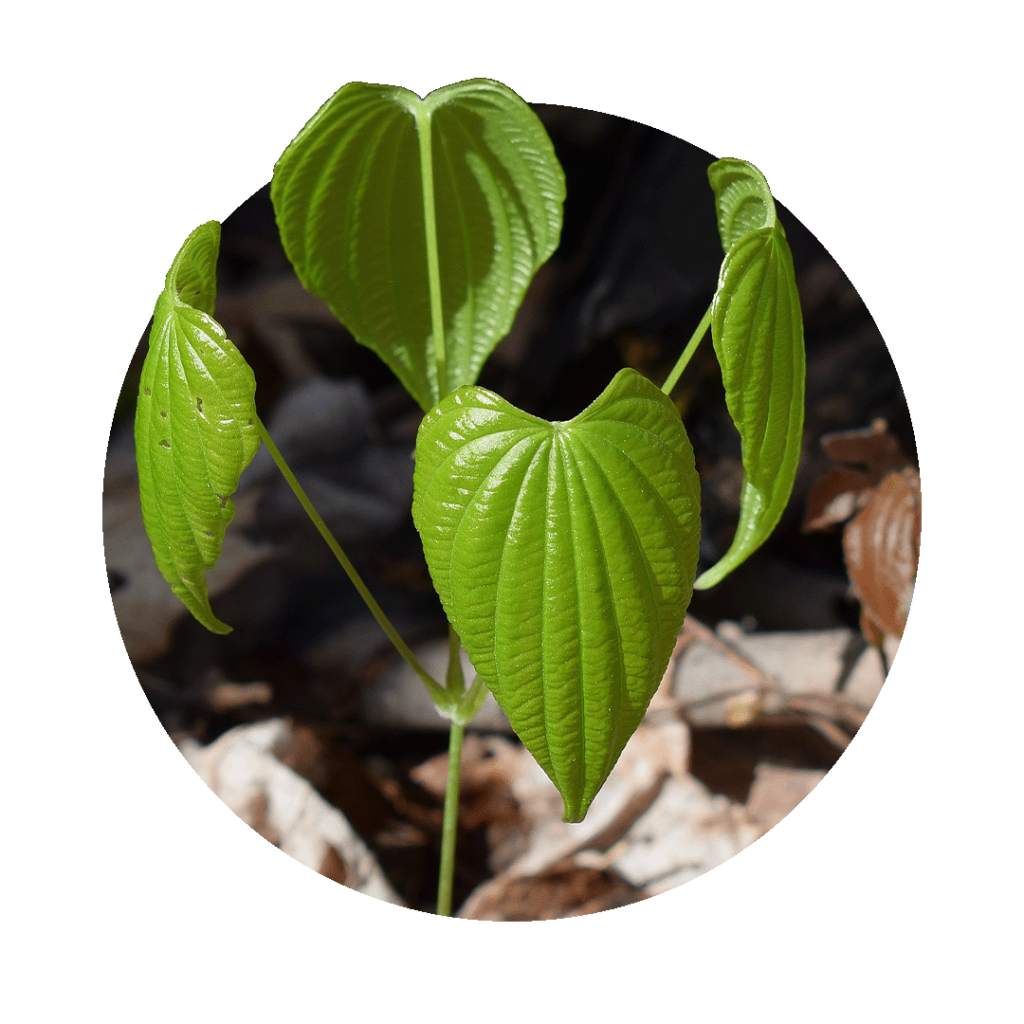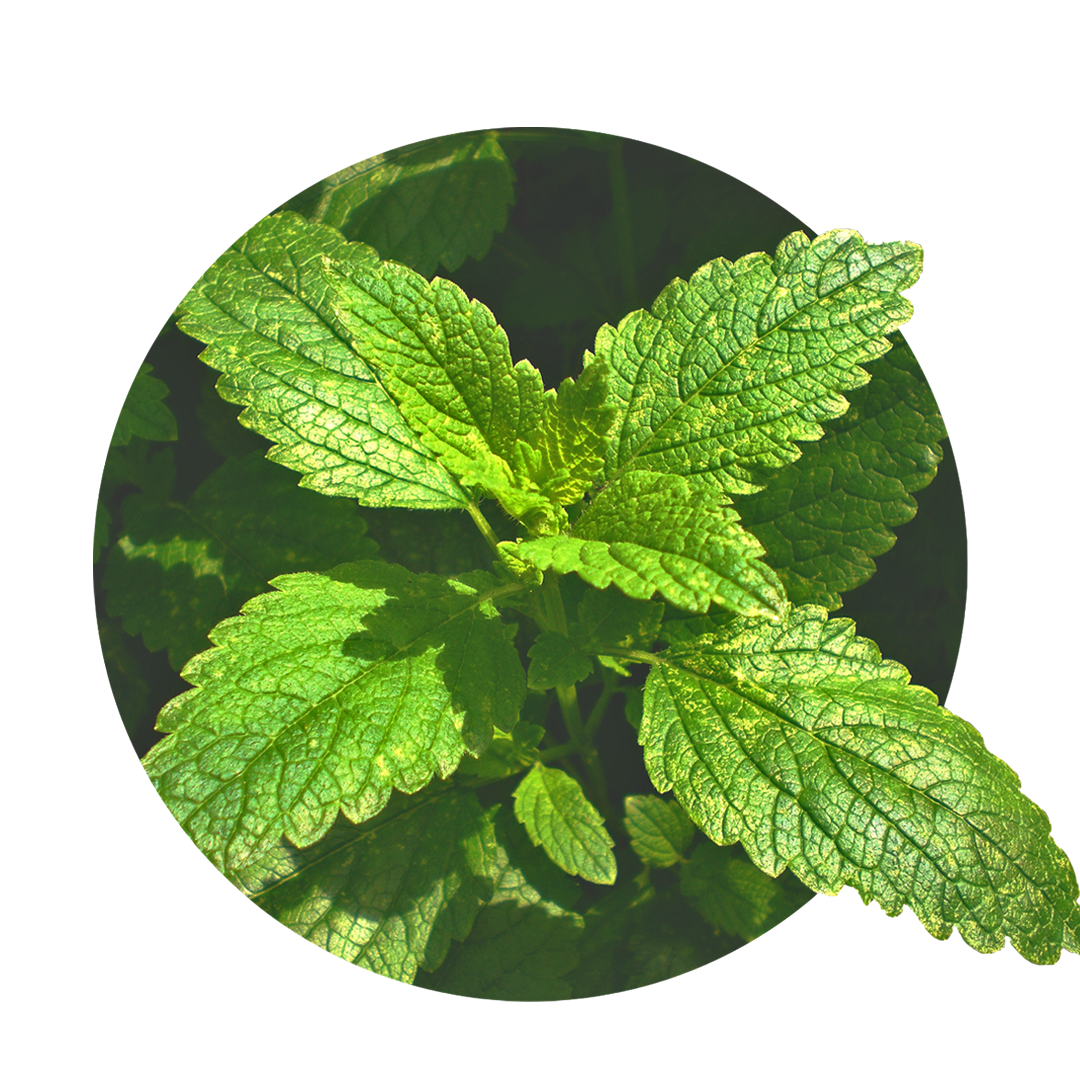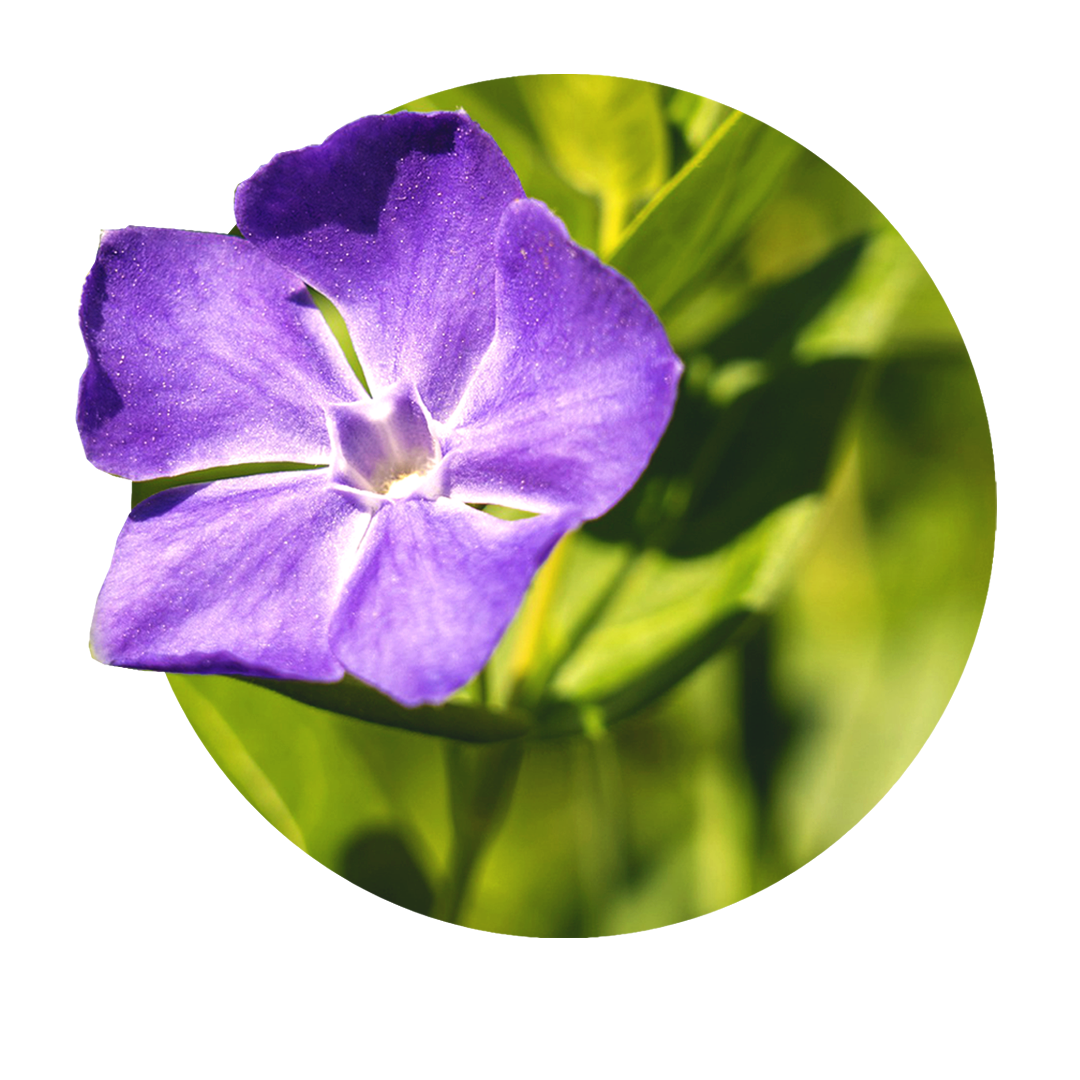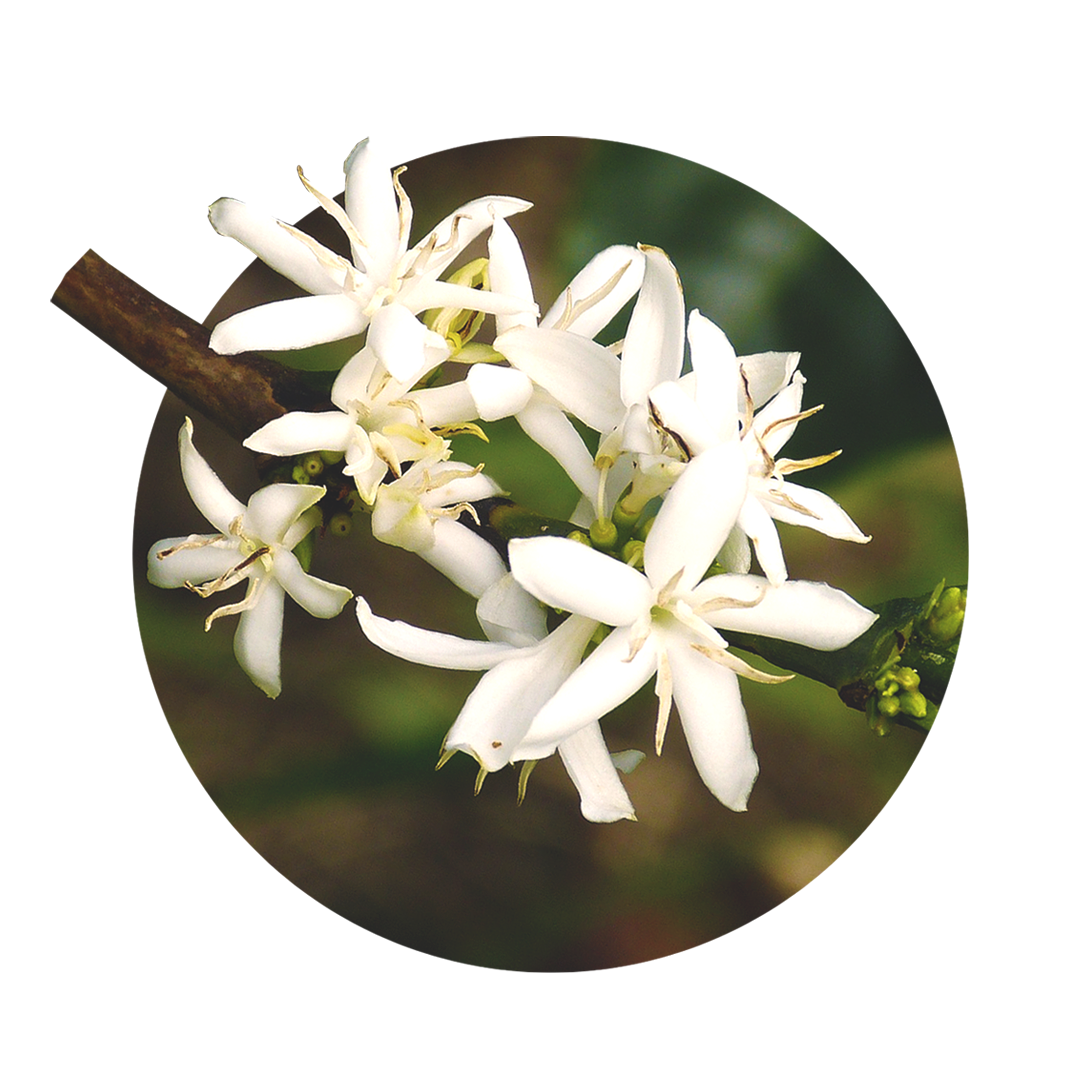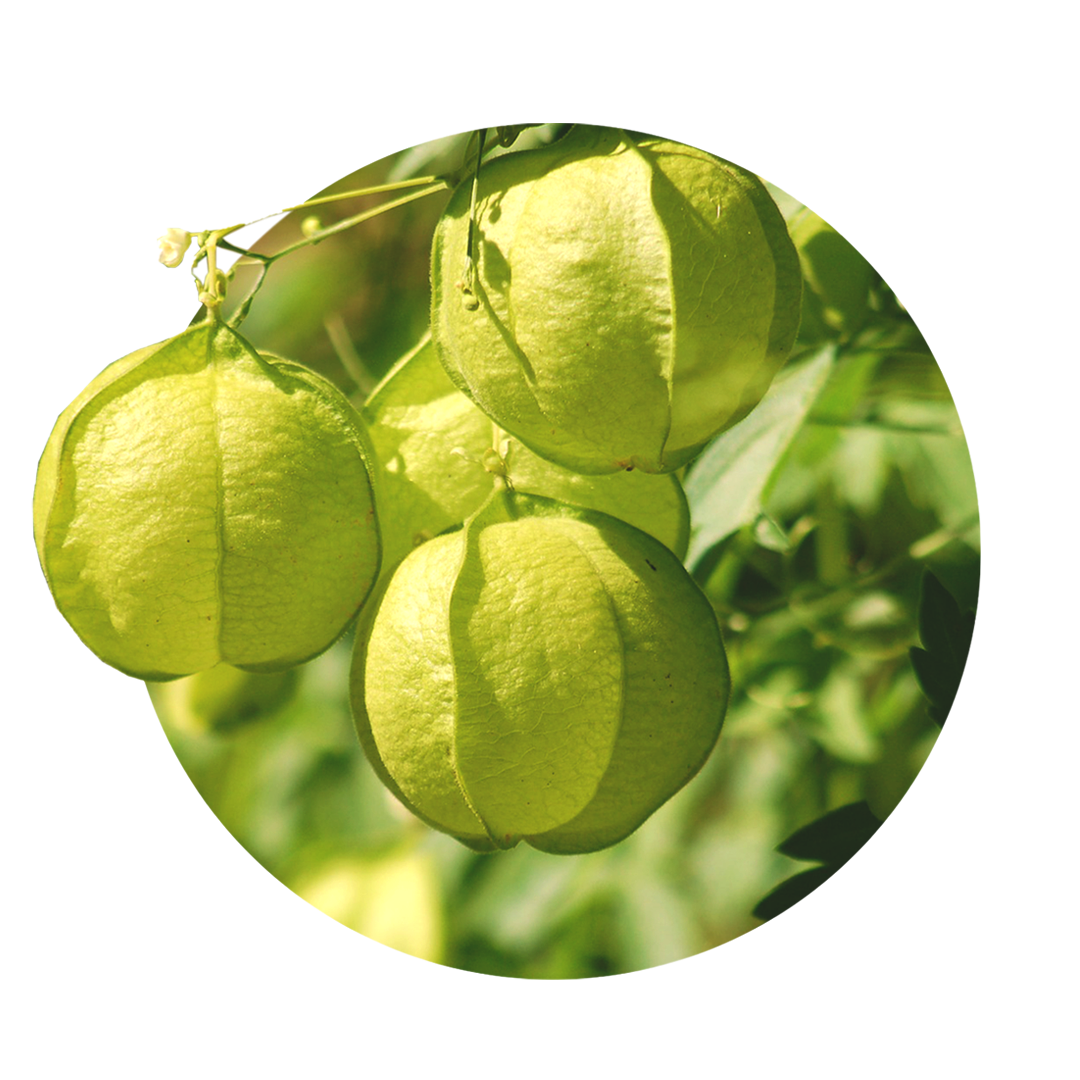Yam: gynecological remedy and food
The yam plays a major role worldwide. In Africa in particular, it is one of the staple foods and is grown in large quantities as a field crop. The tubers grow very large, are less sweet compared to sweet potatoes and are very filling. It is also an old acquaintance in the folk medicine of Africa. In the occidental naturopathy, however, it has not played a role for very long. However, it owes its fame to an ingredient called diosgenin, which has a progesterone-like effect in the body and is therefore often used for women's complaints.
Facts about yam
Did you know that...
...the tuber can weigh up to 20kg?
...yams is a climbing plant up to several meters high?
...67% of the world's yam production is accounted for by Nigeria?
What is yam?
Dioscurea villosa is a climbing and climbing plant native mainly to tropical areas. It grows up to several meters high, forming a large number of whorl-like leaves and a massive, huge root. It usually blooms in summer, during which time it delights with small but beautiful white star-shaped flowers. The flowers are separately sexual and must be pollinated by insects. The enormous root is the most important part of this plant. It grows up to 20kg in weight and a good 70cm in length. In its raw state it is slightly poisonous and should not be consumed. When cooked, however, it loses its toxicity and becomes edible. In some parts of Africa, it is one of the main staple foods used and forms the basis of almost every meal. It is increasingly being displaced in importance by cassava, which is easier to grow.
General and medicinal properties of Dioscorea villosa
The basic knowledge
Progesteronizing
Yam root is progesteronizing. It contains substances that are considered a precursor for progesterone and have a similar effect in the body. Thus, hormone deficiency symptoms can be treated herbally and sustainably eliminated.
Antirheumatic
Yam root is anti-rheumatic. It inhibits inflammation and noticeably reduces the perceived pain. Mobility and well-being return and the rheumatic process weakens.
Cholesterol-lowering
Yam root is cholesterol-lowering. It reduces total cholesterol and regulates the ratio of HDL to LDL. This reduces the risk of atherosclerotic processes and cardio-vascular sequelae such as heart attack and stroke.
Yam: Ingredients
The active ingredients of yam are obtained from the dried rhizome.
- Steroid saponins such as diosgenin and dioscin
- Alkaloids like dioscorin
- Copper
- Phosphorus
- Folic acid
- Vitamin C
- Magnesium
- B1 and B6
Yam: effect for body and mind
All preparations of yam are lipid-lowering. A diet with yam leads to regulation of total cholesterol and balancing of LDL and HDL cholesterols. Therefore, they were also used in Asia and America as a rejuvenating agent in medicine for men and women. Today, its field of application is mainly linked to hormonal issues. In ladies, it is therefore popularly used for breast tenderness, lactation disorders, childbearing or menstrual pain. For men, it is said to work wonders for impotence and stimulate the formation of semen. Many also swear by its use for rheumatism in general. Perhaps because it also contains an anti-inflammatory component that can be used for this issue.
Dioscorea villosa properties
- Period regulating
- Libido enhancing
- Progesteronizing
- Antiosteoporotic
- Hot flashes-relieving
- Edema-relieving
Fields of application in naturopathy
[Dioscorea villosa]
The areas of application of yam result from its active ingredients. The main focus today is the gynecological application.
Dioscorea villosa for PMS
PMS is the sum of symptoms that can occur during hormonal imbalance in the days before menstruation. These usually include mood swings, breast tenderness, water retention and abdominal cramps. The cause is often very low progesterone levels. Since yam has a progesterone-like effect, these symptoms disappear and the period can begin and proceed in a more relaxed manner.

Yams for menopausal symptoms
During menopause, progesterones and estrogens decrease. The result is a lack of menstruation, sleep disturbances, mood swings, hot flashes and strange, unpleasant spotting. The yam root provides progesterone-active substances that mitigate the deficiency symptoms during menopause and significantly improve the overall well-being. The hot flushes and the like subside and the change can be carried out in a relaxed manner.
Dioscorea villosa for childlessness
The desire to have children is a fundamental issue for young women, their marriages and relationships. Often there is a hormonal imbalance in the ladies, which makes conception unlikely or impossible. But also the men repeatedly have too weak sperm, which are not enough for fertilization of the egg. The yam balances the hormonal situation in the ladies and also helps the men to gain in procreative power. In addition, it increases the desire in both and thus creates the basic prerequisite for bringing offspring into the world.
Yams for stomach pain & cramps
The yam is antispasmodic. But it not only helps with period cramps, but also with cramps of the digestive tract. It relaxes the muscles of the stomach and intestines and calms the tendency to cramps in the long term. The pain subsides and everything can go its usual course.
Instructions for the use of yam
It is usually taken in the form of drops or tablets. In this case, the yam is used as a cure for treatment and is often part of mixtures. Of course, it can also be eaten and become part of the cuisine.
Dioscorea villosa during pregnancy & lactation
During pregnancy and lactation it is not recommended to take it, because it has hormonal effects.
Discover our sprays
With natural methods such as the individual spagyric sprays from Zimply Natural, complaints can be treated and sustainably alleviated.
Use healing power of yam!
Use the healing power of yam and our other 100 medicinal plants for the natural relief of your ailments. Improve your well-being and support your body, mind and soul! Use our configurator to create your personal spagyric spray, which is tailored to your needs and accompanies you on your natural path to the improvement of body, mind and soul.

